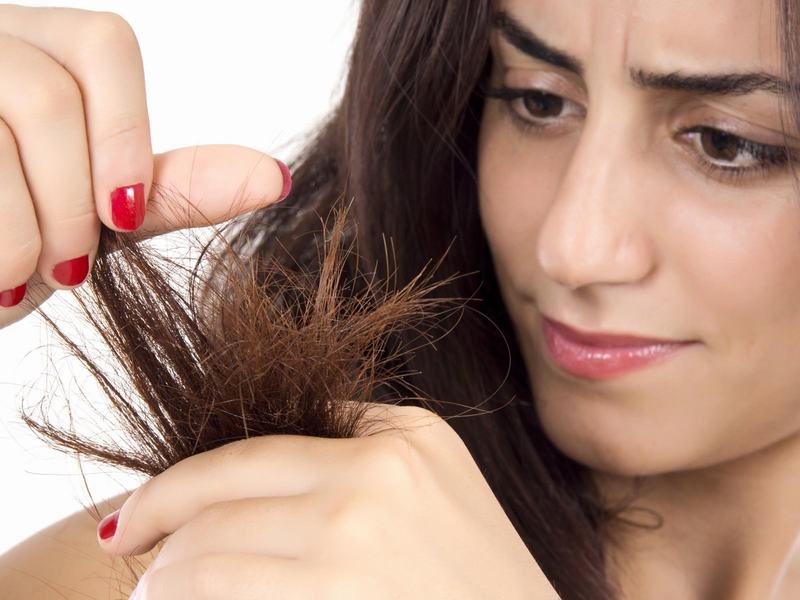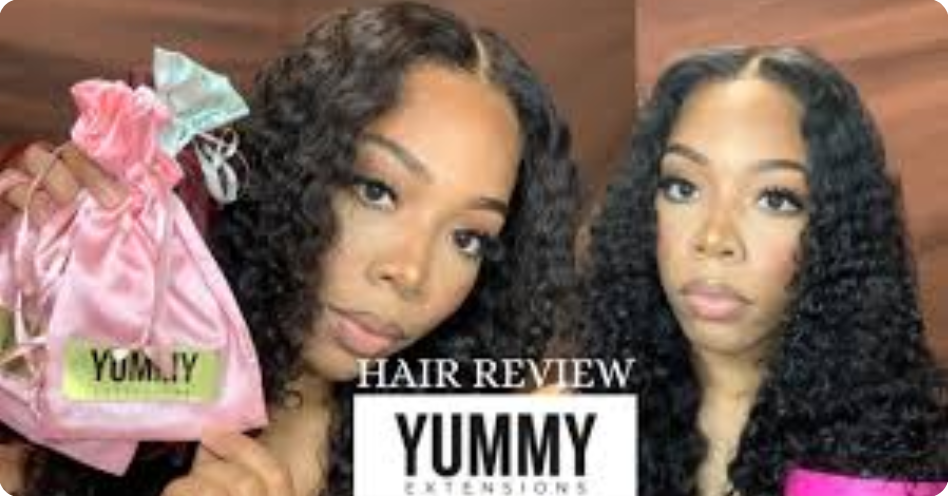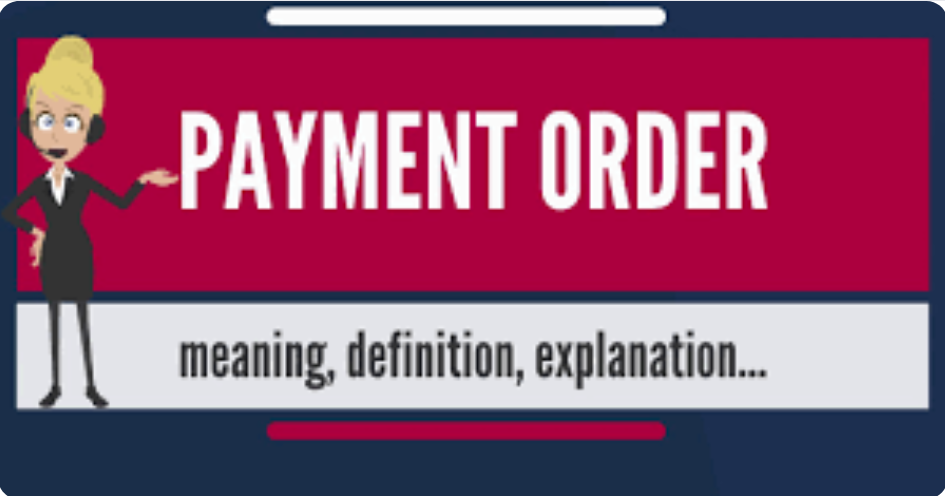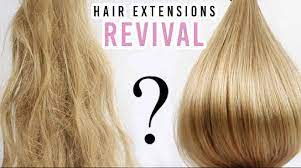How to Repair Damaged Hair, According to Experts

Hair health experts share how you can get your healthiest hair ever
No matter how you cut it, dealing with damaged hair isn’t fun. Hair damage happens for myriad reasons, but the usual suspects are chemicals, heat, and mechanical issues. Damage shows up differently across different hair textures, and can manifest as brittleness, dryness, split ends, and overall dullness.
Not all damage can be reversed, but it can be ameliorated with time, care, and the right products
The most important goal? Preventing further damage. Below, we break down the main culprits behind hair damage, how to counteract them.
Beware of chemical treatments
While hair color and straightening treatments offer versatility in terms of style, they also come with risks. “Chemical damage happens from overprocessing with harsh chemicals,” explains Hong, citing perms, keratin treatments, and bleaching as offenders. “These processes, if not done properly, roughen the exterior and break the bond of the hair, leaving it brittle and damaged.”
Lay off heat tools
Surprisingly, heat damage from styling tools doesn’t happen only at home—the salon can play a role, too. “I often see so many people blow-drying the wrong way, like where the nozzle or head of a blow-dryer is pressed into a round brush and there’s no way for the heat to escape,” Rez says. “The hair getting damaged both by extreme heat and tension—this is not great for colored or virgin hair!”
Deep-condition weekly
The road to healthier hair starts in the shower—it’s imperative to have a plan and routine for your hair. Hong suggests you “start by washing with great shampoo for moisture or damage, followed by a mask almost every time, to keep building the condition of the hair.”
According to the expert, moisture masks and deep conditioners are typically good for addressing heat damage and very subtle chemically induced dryness. “For more intense chemical damage, where breakage is happening, a protein mask or deep conditioner must be used to help rebuild the structure of hair,” she explains.
Rez is also a fan of leave-in treatments, like hair oils, but warns against their improper usage: “Do not sleep in products or leave in longer than the suggested time—longer than suggested and more product does not mean better. Follow directions and labels for ultimate results.”
Consider a cut
You’ve heard this advice time and time again, but frequent trims and cuts can help minimize future damage. “When the hair is dry, brittle, and split, the damage will go deeper into the hair shaft if not taken care of,” warns Hong. “The damaged ends most likely have breakage, so it is most recommended to cut that off!”
Rez adds that if your hair is constantly breaking off, it’s simply time to let go. And with all the bobs, lobs, and pixie cuts currently trending, you’ll be in good company. “Even if the hair is able to heal and stay intact, it will be so intensely dry that split ends and cuticle shaft—or what’s left of it—will keep breaking,” he explains.



 (+84) 70 656 6789
(+84) 70 656 6789
















